|
This morning I woke up in a “pink” mood inspired by a recent sample delivery. The box contained two bottles of rosé, one from California, the other from Languedoc Roussillon, and a variety of tinned fish sourced from Galicia, Spain. Perhaps canned fish has taken a backseat to eating freshly caught fish, but this writer happens to like tinned fish, especially sardines. Although it has been a while, I used to prepare sardine salad made from packed sardines in olive oil or mustard sauce and served it on crackers or toast as an appetizer with white wine. So, this sampling has inspired me to think outside the box again! Let’s talk about the wines. Josh Cellars Rosé 2022 Joseph Carr formed his own wine company in Napa Valley after spending a decade as a world-class sommelier and another decade as a wine industry executive. His dream was to have his own family-owned winery, so in 2005 he began making wines under the label ‘Joseph Carr.’ In 2007 Carr launched Josh Cellars as a tribute to his dad, Josh. Grapes for the Josh Cellar wines are sourced from top California wine-growing regions to create wines with character and complexity. This wine is a rosé blend made with undisclosed grape varieties. Nose: Flowers, red berries, and white stone fruit. Palate: Light and dry with notes of strawberry, citrus, white peach, and crisp acidity. Alcohol: 12.5% SRP: $14.99 Pairing suggestions: Enjoy as an aperitif, or serve with light appetizers, ceviche, fresh fruit, and tinned tuna straight from the tin, mixed in a salad or on crackers. Fleurs de Prairie Rosé 2022 Made by the family-owned Les Grands Chais de France, "Fleurs de Prairie" is named in celebration of the free-spirited wildflowers carpeting their vineyards in the South of France. The grapes for this wine are sourced from vineyards throughout the Languedoc region, some of which have vines that are 50+ years old. The blend for this wine is 43% Grenache Noir, 40% Syrah, 9% Carignan, 5% Cinsault, and 3% Mourvèdre. Nose: Floral, ripe red berries, citrus, and a hint of minerality. Palate: This is a dry, fresh and lively rosé with aromas segueing onto the palate with strawberry and a hint of melon. Crisp acidity and a touch of citrus linger on a long finish making this the perfect sipper at the end of the day. Alcohol: 13% SRP: $20 Pairing suggestions: Drink as an aperitif, or serve with light appetizers, salads, seafood, grilled chicken, and tinned sardines on toast. And now a word about the tinned fish! The Siesta Co. is based in California, but all of its tinned seafood is sourced from fisheries in Galicia, Spain. The fish is wild-caught and sustainably fished, such as using line poles to prevent overfishing. And each tin contains all-natural ingredients packed in organic extra virgin olive oil. White Tuna in Organic Extra Virgin Olive Oil Ingredients: Albacore tuna, organic extra virgin olive oil, sea salt Sustainably line caught through pole fishing to preserve the flavor and texture of the tuna while ensuring the seabed is not damaged. Sardines in Organic Extra Virgin Olive Oil Ingredients: Sardines, organic extra virgin olive oil, sea salt
Sustainably caught off the coast of Galicia, Spain, these wild, all-natural, bone-in scale-free sardines are hand packed individually. Siesta Co. products are available in 3-pack/5-pack and variety packs. There are five fish types to choose from. Pour a glass of rosé and enjoy these fish pairings. Your palate will thank me! Until next time… Cheers! Penina To leave a comment or if you have an inquiry, please contact me at [email protected] It might be winter with lots of snow, ice, and frigid temperatures, but I’m enjoying a touch of spring with these fresh and vibrant wines from Languedoc! Languedoc and Roussillon, now known as the Occitanie region since 2016, is France’s largest wine-producing area located in southern France(approximately 584,400 acres). It extends from the Rhône valley in the east to the Spanish border in the southwest. Languedoc makes up about 90% of this region, with Roussillon occupying 10%. The wine styles reflect the climate and terrain, which vary with the location of the vineyards growing from the Mediterranean Sea to the mountainous terrain more inland. While this region offers red, white, rosé and sparkling wines, about 75% to 80% of the wine production is red, with Syrah, Grenache, Mourvèdre, Cinsault, and Carignan being the major players. The red wines are noted for being fruit-driven and full-bodied, with an emphasis on blends rather than single varietals. White grapes include Grenache Blanc, Picpoul, Vermentino, Viognier, and Bourbouelenc.
Most of Languedoc’s vineyards are located on coastal plains, and Roussillon vineyards lie in the foothills of the Pyrenees or on cliff tops. The vineyards experience a primarily Mediterranean climate with varying microclimates and soil composition. It is interesting to note that Languedoc is documented as one of France’s largest organic wine-growing regions. Here are three samples of what Languedoc has to offer. Domaine Reine Juliette Picpoul de Pinet ‘Terres Rouges’ 2020 Domaine Reine Juliette is a sixth-generation winery located on the Via Domitia in Pomerols on the Mediterranean coast. This wine is made from 100% Picpoul blanc grapes planted in red limestone gravel in vineyards situated in the Appellation of Protected Designation of Origin Languedoc “Picpoul de Pinet.” Fermentation takes place in stainless steel, with short aging in bottle before release. Nose: Floral, white stone fruit, melon, and citrus Palate: Dry and crisp with lemon, honeydew, white peach, minerality, and a touch of red ruby grapefruit on the finish. Alcohol: 13% SRP: $23 Pairing: Enjoy as an aperitif or serve with salmon croquettes, shellfish, or oysters. Terre Des Dames Le Rosé 2020 AOC Coteaux du Languedoc Terre Des Dames was purchased in 2002, but the estate’s originality shines through with its 100 -year-old vines and 18th-century buildings. This rosé is a blend of 40% Mourvèdre, 30% Grenache, and 10% Syrah. Grapes are sourced from small plots on different levels and are surrounded by ancient stone walls and wild garrigue. Nose: Floral, red berries, Palate: Fresh fruit, raspberry, strawberry, spice, minerality, and a hint of herbal. Crisp, dry, with subtle complexity, and quite delightful! Alcohol: 13% SRP: $21 Pairing: Enjoy as an aperitif or serve with light fare. Domaine La Madura ‘Classic Rouge’ 2018 AOP Saint-Chinian Domaine La Madura is located in Saint-Chinian appellation, with blocks of vineyards planted on a patchwork of very varied soils and altitudes that differ from one plot to another. The blend for this wine is 34% Grenache, 22% Carignan, 22% Mourvèdre, and 15% Syrah, with vines growing on slopes in varying soil types such as clay-limestone, sandstone, and schist. Aging of wine is in concrete vats and 3 to 10-year-old barrels for Syrah and Mourvèdre. Nose: Cherry, dark fruit, herbal notes, and earthy. Palate: This wine is fresh and sassy. Aromas segue onto the palate with silky tannins, anise, and minerality. Alcohol: 14% SRP: $22 Pairing: Grilled meat, stews, glazed duck, seared tuna, mushroom risotto, or hearty soups. The above wines are unique and expressive of Languedoc’s terroir. If you can’t travel to Languedoc right now, let your palate take you on tour. Even with lots of snow outside my window, I’m happy to sip these wines and let them take me to Languedoc for a visit. Until next time… Cheers! Penina To leave a comment or if you have an inquiry, please contact me at [email protected] It doesn’t matter what time of year it is when it comes to sipping rosé wines. But, a chilled glass of rosé in hand during the warmer months is quite divine! The spring and summer seasons always bring stunning blooms bursting with an array of colors and seductive fragrances. Not to be outdone by mother nature, rosé wines are made in various styles, enticing aroma and alluring shades of pink. And the bottles tend to be beautiful as well. With so many choices on the market, one might be inclined to start a rosé garden! In its simplest terms, wine gets its color from the skin of grapes, and there are several methods of achieving this with rosé wine. Limited Skin Maceration Rosé wine is produced from red grapes with limited skin contact during maceration. After harvest, the grapes are crushed, and the juice is allowed time on the skins, which could be just a few hours or up to a week. The less time spent on the skins, the lighter the color of the wine will be. The longer the maceration, the darker and more flavorful the rosé will tend to be. After maceration, the juice is drawn off, and fermentation of the wine begins. Direct Press With this method, the grapes are pressed to remove the skins (such as with white wines), and juice is immediately drawn off, only allowing the juice to contact the skins for a very short time. This process produces some of the lightest-hued rosés. Winemakers often use this method for darker-skinned grapes. Saignée Method This method is also referred to as the “bleeding” method. It was originally a method used to make concentrated red wines. With this technique, red wines are vinified using a standard process, but in the early stages of maceration, the winemaker will “bleed” some of the red wine juice from the tank and then vinify it separately as a rosé. Saignée rosés are richer, darker, and more flavorful. Some winemakers like to age their Saignée rosés in oak barrels. The variety of grapes used, the regions, production techniques, and harvest year all play a significant role in these wines’ style, color, and flavor. Rosé wines can range from delicate to rich, extra-dry to sweet, simple tank fermentation to barrel-fermented, and runs the spectrum of diverse flavors such as light citrus to deeper, fruitier wines. For many consumers, buying rosé wine is motivated by the “pink” wine in a pretty bottle that complements the care-free months of warm weather. For others, it is the country, region, style, and grape variety that influences their purchase. Here are a few pretty shades of pink in both still and sparkling style that I hope inspire you to start your rosé garden! Still Rosés France Château Puech-Haut Tête de Bélier Rosé AOP Languedoc 2019 The grape blend for this rosé is 99% Mourvédre and 1% Grenache, sourced from Languedoc-Saint Drezery vineyards. Aroma: Citrus, strawberry, floral, and a touch of minerality Palate: Lovely layers of fresh berries, notes of exotic fruit, citrus, and spice. A complex wine with a generous mouthfeel and long finish. Alcohol: 14.1% SRP: $34 Jean-Luc Colombo Cape Bleue Rosé 2020 This is a blend of 67% Syrah and 33% Mourvédre. Grapes are sourced from vineyards in the hills above the bay of Marseille, next to Provence. The saignée method is used, and then the wine juice is fermented in stainless steel tanks for three weeks. Aroma: Rose petals, raspberry, white stone fruit, and watermelon Palate: Crisp and refreshing with notes of raspberry, peach, minerality, and a touch of sour cherry. Alcohol: 12.5% SRP: $14.99 Côté Mas Aurore Rosé Pays d’Oc IGP 2020 Domaines Paul Mas is located in Languedoc, where 20% of the estate vineyards are farmed organically, with the rest farmed using sustainable practices. This rosé is a blend of 50% Grenache, 30% Cinsault 10% Syrah, and 10% Vermentino. The bottle is very eye-catching with its colorful label! Aroma: Floral, strawberry, cherry, and a hint of melon Palate: Ripe red fruit with lush berries and nice acidity with a mineral edge on the finish. Alcohol: 14.2% SRP: $13.99 Spain Inazio Urruzola Getariako Txakolina Rosé DO 2019 This estate is located in the heart of Basque country. The wine is a blend of two indigenous grapes, 50% Hondarr Abi Zuri and 50% Hondarr Abi Beltza. Aroma: Floral, fresh berries, and green apple Palate: Juicy fruit, berries, ruby grapefruit, Vibrant acidity balanced with minerality. Quite refreshing. Alcohol: 10.5% SRP: $20 Italy Bertani Bertarose IGT 2020 The historic Bertani winery is located in the Veneto region of Italy. This rosé is made with 75% Molinaro and 25% Merlot. Grapes are sourced from hillside vineyards above Lake Garda. Grapes are vinified separately, with only the Molinaro having skin contact. The blend is then aged in stainless steel tanks for about three months on the lees. Aroma: Floral, red and dark fruit, pomegranate, and grapefruit. Palate: White flowers, ruby grapefruit, strawberry, and a hint of cherry. Lovely balance between acidity and salinity. Alcohol: 12% SRP: $19.99 Planeta Sicilia DOC Rosé 2020 Planeta has vineyard locations in five territories spread throughout Sicily with six boutique wineries. The grapes for this rosé were sourced from Dispensa Estate in Menfi (western Sicily) and is a blend of 50% Nero d’Avola and 50% Syrah. Aroma: Floral, red berries, melon Palate: Berries, white stone fruit. A refreshing, dry wine with crisp acidity and hints of minerality and salinity. Alcohol: 12.5% SRP: $19.99 Austria Pratsch Niederösterreich Rosé 2020 This wine is made from 100% Zweigelt grapes sourced from organic vineyards in the Weinviertel region bordering Vienna. Aroma: Strawberry, hints of citrus Palate: A delicate and dry rosé with flavors of pear, strawberry, and juicy white stone fruit. Refreshing acidity and lemon zest on the finish Alcohol: 11.5% SRP: $13 Argentina Susana Balbo Signature Rosé 2020 Sourced from Valle de Uco in Mendoza, this rosé is a blend of 60% Malbec and 40% Pinot Noir. Grapes are fermented in stainless steel tanks for 20 days. Aroma: Ripe berries, cherry, citrus, and a hint of minerality Palate: Aromas continue onto the palate with notes of strawberry. Fresh, vibrant, and juicy. Alcohol: 13% SRP: $20 Sparkling Rosés Sparkling rosés are available in a variety of styles produced around the world. They are made in either the traditional method, where the second fermentation takes place in the bottle, or the tank (Charmat) method, where the second fermentation occurs in a steel tank. Sparkling wines go by different names depending on country/region/appellation of origin, such as: Champagne and Crémant – France Sekt – Germany Cava – Spain Prosecco – Italy Crémant De Bourgogne Rosé NV Brut AOC This wine is produced by Prosper Maufoux, located in the south of the Côte de Beaune in Burgundy, France. It is a blend of Pinot Noir, Chardonnay, and Gamay, made in the Traditional Method. Aroma: Ripe red fruit, berries Palate: Crisp and light, soft citrus notes, strawberry, raspberry. Fine bubbles. Alcohol: 12% SRP: $19 Santa Julia Argentina Brut Rosé NV This wine is 100% Pinot Noir. Grapes are sourced from Tupungato vineyards in Mendoza. The direct press was used and wine produced using the Charmat method. Aroma: Nice strawberry and raspberry notes. Palate: Crisp and lively with light notes of fresh berries and pomegranate. Creamy, with a touch of yeast and nice acidity. Alcohol: 12.5% SRP: $13 Prosecco Rosé As of January 1, 2021, the Denomination di Origins Controllata (DOC) consortium gave its final stamp of approval for making Prosecco Rosé, setting these wines apart from other pink sparkling wines made in Italy. The grapes for Prosecco Rosé must be sourced from a specific geographic area that has passed the Italian Government’s quality requirements. Only Glera grapes (85 -90%) and Pinot Noir (10-15 %) are allowed. The DOC guidelines also require that Prosecco Rosé be fermented for at least 60 days in stainless steel tanks. Also, they must be vintage-dated and labeled Prosecco DOC. These sparkling wines range in style from very dry to slightly sweet. If you are a fan of Prosecco, then you will enjoy these sparkling rosé wines. Gran Passione Prosecco DOC Rosé Millesimato 2019 Extra Dry
It is produced by Botter, located in the Veneto region. 85% Glera, 15% Pinot Noir Wine is made using the Charmat method. After bottling, it is cellared for two years. Aroma: Floral, red berries, and cherry Palate: Fresh and crisp, with notes of pear, citrus, honey crisp apples, and strawberry. Fine perlage. Alcohol: 11% SRP: $13 Il Fresco Prosecco DOC Rosé Millesimato 2020 Villa Sandi produces it. The grapes for this wine come from Treviso, the heart of Prosecco. Wine is made using the Charmat method. Aroma: Floral, berries, apple Palate: Fresh, light, and dry. Red berries, sweet apple, pomegranate, citrus, and a touch of floral. Creamy mouthfeel and fine bubbles. Alcohol: 11% SRP: $17 Riondo Prosecco Rosé DOC Millesimato 2020 Extra Dry This wine is produced by Collis-Riondo, located in the Veneto region. It is a blend of 90% Glera and 10% Pinot Noir. Aroma: Floral, cherry, fresh berries, and apple Palate: Dry and lively with juicy notes of raspberry, peach, cherry, and sweet apple. Creamy mouthfeel and fine bubbles. Alcohol: 11% SRP: $14.99 All of the above wines will drink beautifully as an aperitif or pair nicely with light appetizers, seafood, salads, grilled chicken, Asian and Mediterranean dishes, and desserts. A big thank you to Winesellers, LTD, Folio Fine Wine Partners, and Taub Family Selections for their generous contribution to my rosé garden. Until next time... Cheers! Penina This story was originally published on Santé Magazine. To leave a comment or if you have an inquiry, please contact me at [email protected] In my home, one doesn’t need a special occasion or excuse to pop open a bottle of sparkling wine. And these days, the gentle sound of a cork being coaxed from a bottle of bubbly, is music to my ears! With the holidays upon us, having a few bottles of sparkling wine on hand will most certainly add a little sparkle to the festivities! And I highly endorse those occasional “just because” moments as well! Here are a few suggestions of sparkling wines from around the world ranging in price from $11 to $54.99 Casas del Mar Blanc de Blancs NV Cava Brut This Cava is produced by Casas del Mar estate located in Catalonia, Spain. It is a blend of 40% Xarello (from 70-year-old vines, 30% Macabeu and 30% Parallada. Grapes are harvested from the Penedès appellation in the Catalonia region. It is made using the Méthode Traditionnelle, the same method used in the Champagne district of France, where the second fermentation takes place in the bottle. This Cava is aged on the lees between 18 & 24 months before disgorgement. Nose: Apples, citrus and pleasant yeast aromas Palate: White stone fruit, melon, floral, and a touch of spice Alcohol: 12% SRP: $11 Roscato Rosso Dolce IGT This is a delicately sweet and refreshing wine from the Lombardy region in northern Italy and is produced in the Moscato d’Asti style. It is a blend of three indigenous grapes, Croatina, Teroldego and Lagrein, in addition to a few international grapes. Each variety is vinified separately before blending. It has a screw cap, no cork to pop, but it is still a festive wine to pour! Nose: Dark berries, cherry, red raspberry Palate: This wine is frizzante (gently sparkling wine) with notes of berries and has a nice balance between sweetness and acidity. Not only will it complement desserts, but this wine will also pair beautifully with spicy cuisine! Serve chilled. Alcohol: 7% SRP: $12.99 Domaine Bousquet Sparkling Rosé Brut NV The grapes for this rosé are harvested from vineyards in Tupungato, Alto Gualtallary in Argentina at the foothills of the Andes at 4000 ft. altitude. It is a blend of (organic) 75% Pinot Noir and 25% Chardonnay and made using the Charmat Method. Nose: Cherry, red berries, citrus, a touch of floral Palate: Strawberry, ruby grapefruit, red berries, delicate bubbles. Alcohol: 12.5% SRP: $13 Paul Cheneau Lady of Spain Cava Brut NV Giró Ribot is the producer of this wine located in the heart of the Penedès appellation in Catalonia, Spain. They own 247 acres of vineyards of the indigenous Macabeo, Xarel·lo and Parellada grapes, with which Cavas are produced. This wine is made using the Méthode Traditionnelle and is a blend of 45% Macabeo, 40% Xarel·lo and 15% Parellada. It is bottle aged for 12-15 months. Nose: Citrus, light peach, brioche Palate: Dry, fine and persistent bubbles, fresh fruit, stone fruit. Nicely balanced between acidity and alcohol with a long finish. This is an eye-catching bottle that doesn’t disappoint when opened. Alcohol: 12% SRP: $14.99 Côté Mas Crémant de Limoux Brut NV This sparkling wine is produced by Domaines Paul Mas located in the southern French region of Languedoc. The grapes for this wine are sourced from Crémant de Limoux appellation. It is a blend of 60% Chardonnay, 20% Chenin Blanc, 10% Pinot Noir, and 10% Mauzac. It is produced using the Méthode Traditionnelle. After primary fermentation, the “Liqueur de Tirage,” a blend of sugar and yeast, is added to the juice a few hours before bottling. After one year of aging, the lees are expelled and the “Liqueur de Dosage” is added and aged an additional twelve months. Nose: Apples, peaches, melon, honeysuckle Palate: Citrus, candied lemon, tart apple and crisp acidity with a touch of citrus zest on the finish. Alcohol: 12% SRP: $’’19.99 Bottega Gold Prosecco DOC NV This wine is produced by Bottega SpA, headquartered in Treviso in the Veneto region of northern Italy. 100% Glera grapes are hand-harvested from manually maintained and sustainable vineyards in Treviso Plains. It is produced using the Martinotti (Charmat, tank) method. “The gilded bottle also protects the wine from light, preserving the wine's clean and refreshing aromas.” Nose: Floral, apples and citrus Palate: Pear, apple, pink grapefruit, floral. Creamy mouthfeel, fine and persistent perlage with apples and a touch of honey lingering on the finish. Alcohol: 11% SRP: $32.99 Champagne Boizel Brut Réserve NV This Brut Réserve is produced by the Boizel House, established in 1834 and located in Épernay, in the heart of Champagne. The grapes for this cuvée is a blend of 55% Pinot Noir, 30% Chardonnay and 15% Pinot Meunier. “The still wines (vins clairs) from the year are blended with 30% of reserve wines kept from the previous two harvests, ensuring consistency. By using reserve wines within two vintages only, Boizel is able to preserve freshness in their wines, a signature trait of their winemaking style. “ The wine is aged for three years on its lees, in the bottle. Nose: Floral, white stone fruit, citrus and pastry Palate: Peach, apricot, toast, citrus notes, minerality, nice acidity and persistent mousse. Alcohol: 12% SRP: $49.99 Champagne Vollereaux Rosé de Saignée Brut NV Champagne Vollereaux produces this 100% Pinot Noir rosé. They are a sixth generation family winery located in Pierry, France. “Vollereaux is one of the very few champagne wineries to use the traditional saigne method of maceration for its Rosé Champagne, which involves bleeding off a portion of pink juice during red wine production (as opposed to blending red and white wine together). This process occurs after a short contact with the grape skins and seeds.” The juice spends three years on lees, more than twice the time required by appellation rules. Nose: Strawberry and juicy red berries, vanilla and bread dough.
Palate: Strawberry, kirsch and citrus mingle with berries and cream. It is dry with fine bubbles, vibrant acidity and a hint of brioche and minerality that linger on a long finish. Alcohol: 12% SRP: $54.99 Pair the above wines with your favorite cheese, desserts, and holiday meals, or enjoy as an aperitif. And if you are stuck on what to give the 21+ drinkers on your “holiday/birthday/just because” list, these wines make beautiful gifts! If you would like more information on the regions and wine production methods, please visit the menu on the right and click on the category of interest. Until next time… Cheers! Penina To leave a comment or if you have an inquiry, please contact me at [email protected] Spring has finally arrived and quietly entered a world filled with chaos and uncertainty. Most of us have barely noticed that a new season has begun, but spring brings with it a time of renewal, rebirth and hope. Although many of us are sequestered right now, Mother Nature is not. Soon, the trees and flowers will be blooming, birds will be building nests, hummingbirds will return to the north and we will all eventually get back to “normal”. We will once again enjoy picnics, outdoor concerts, dining in restaurants and travel! So, with that in mind, here are some delicious rosés from around the world to usher in spring. Let’s bring the celebration indoors and toast Mother Nature and us! La Fiera Cerasuolo d’Abruzzo Rosé DOC 2018 This wine is 100% Montepulciano. The grapes are sourced from the Cerasuolo d’Abruzzo DOC appellation in Abruzzo, Italy. A lovely bouquet of strawberry, cherry and floral segue onto the palate with a perfect blend of crisp acidity and fresh, ripe fruit and a delightfully long finish. This is a great wine to serve as an aperitif or with summer fare. Alcohol: 12.5% SRP: $8 Mont Gravet Rosé 2019 This wine is from Pays d’Oc, France and is made with 100% Cinsault. Berry aromas lead to a fresh, fruit-forward palate with cherry, berries and a hint of peach and pears. Nice structure and balance. Drink as an aperitif or serve with light fare. Alcohol: 12% SRP: $10 Santa Julia Malbec Rosé 2018 This wine is from Santa Rosa & Maipu Vineyards in Mendoza, Argentina. It is made with 100% Malbec organic grapes. Wonderful aromas of berries and dark cherry segue onto the palate with juicy fruit and a trace of baking spice. Nicely balanced. Drink as an aperitif or serve with light fare. Alcohol: 14% SRP: $11 Mas Fi Cava Brut Rosé NV This sparkling wine is produced by the Masachs family. The grapes are 100% Trepat and sourced from DO Cava (Penedes) in the Catalan region of Spain. This Brut Rosé undergoes a second fermentation in the bottle (Metode Tradicional) and is aged for 11 months. Red fruit aromas of mostly berries and a trace of floral open to a palate of fine bubbles, red berries, cherry and pomegranate. It is nicely balanced with good structure. Drink as an aperitif or pair with a myriad of cuisines. Alcohol: 11.5% SRP: $12 Hess Select California Rosé 2019 Made with 100% Pinot Noir, this juicy and crisp wine has red berry and floral aromas. The palate offers strawberry, red cherry and peach balanced nicely with acidity. Drink as an aperitif or serve with light fare. Alcohol: 13.5%. SRP: $12 Domaine Bousquet Rosé 2019 This wine is made with organic grapes and is a blend of Pinot Noir, Tempranillo, Pinot Gris and Viognier. The grapes are sourced from vineyards in Tupungato Alto Gualtallary in Mendoza, Argentina. Aromas of nectarine and berries set the tone for this lively wine. A palate of red berries, cherry and a splash of citrus are enriched by the fresh acidity. Drink as an aperitif or serve with light fare. Alcohol: 13% SRP: $13 All of these wines are under $15 and are quite impressive. I’m looking forward to sipping rosé at an outdoor concert soon. But for now, I’ll settle for a glass or two of wine on my front porch or in my cozy house. Be safe, be smart and stay well!
Until next time, Cheers! Penina To leave a comment or if you have an inquiry, please contact me at [email protected] The leaves are beginning to change color and some of them are already sprinkling to the ground. It is officially autumn, however I’m not quite ready to put away my sandals. And, I’m certainly not inclined to shelve my white and rosé wines. In fact, if you have kept up with my stories, then you know I tend to drink these wines all year round. To welcome the fall season, I decided to open a crisp rosé from Michel Chapoutier’s Domaine de Bila-Haut vineyards located in the region of Côtes de Roussillon, Languedoc. To learn more about Michel Chapoutier, please click on the link below or peruse the Categories list to the right of this page. http://thewineknitter.com/the-journal/category/bilahaut Domaine de Bila-Haut “Les Vignes” Pays d’Orc Rosé 2018 is a blend of 60% Grenache and 40% Cinsault that is fermented and aged in tanks. Up until the 2018 vintage, Michel, ever the artist and experimentalist, also used 5% Syrah in the blend, but he has phased it out completely. This coral-colored wine has subtle but inviting aromas of floral, citrus, red fruit and minerality. The palate offers a soft array of berries, rose, herbs, minerality and a hint of watermelon. This is a dry and refreshingly crisp wine with just a trace of citrus on the finish. Drink as an aperitif or serve with light pasta, seafood, sushi and salads. Alcohol: 12.5% SRP: $15 Although I’m taking inventory of my red wines and getting ready for those cold winter days ahead, my refrigerator will always be stocked with white, rosé and sparkling wines! Until next time…
Cheers! Penina To leave a comment or if you have an inquiry, please contact me at [email protected] As I popped open a bottle of wine from the south of France the other evening, I imagined myself basking in the Mediterranean climate as opposed to the deep freeze that I was experiencing. And after a few sips of wine, I was magically transported to Pic Saint-Loup. Pic Saint-Loup is a sub-appellation of the Languedoc appellation and is located in the Languedoc-Roussillon region of southern France. Although the Languedoc makes red, white and rosé wines, Pic Saint-Loup only makes red and rosé wine, mainly from Grenache, Syrah and Mourvedre. Located only 18 miles from the southern French coast, Pic Saint-Loup appellation enjoys a Mediterranean climate with hot summers, mild winters and low rainfall. It also benefits from the proximity of the Pic Saint-Loup mountain and the Montagne de L’Hortus both of which contribute Jurassic limestone soils and bring a continental influence to the area with cool nights and an increased diurnal temperature range. The Jurassic limestone soils and diurnal temperatures are key in the development of the grapes here, helping to retain balanced acidity and sugars. Pic Saint-Loup appellation is about 1500 hectares with approximately 1000 hectares of planted vines at varying elevations. For instance, Mourvedre likes to grow in warm dry climates and is planted in lower vineyards, whereas Syrah prefers the higher elevations, benefiting from the cooler nights. Château La Roque is located in the Coteaux du Languedoc Pic Saint-Loup. Its origins date back to 1259 when two brothers Jean and Guilhaume de La Roque purchased the property and planted vineyards. However, prior to the brothers arriving, it is said that the Romans were the first to plant vines over 2000 years ago. By the 15th century, the La Roque family was making wines commercially. La Roque has 80 hectares of which 32 hectares are terraced vineyards. In addition to the limestone and clay soil, Garrigue, an aromatic scrub brush dominates the landscape and contributes its essence to the vines. Sylviane and Bertrand Barascud purchased the estate in 2015 postdating the bottle of wine that I opened. However, the winemaker, Cyriaque Rozier, who worked for the previous owner, Jacque Boutin has stayed on with the Barascuds. Château La Roque Languedoc Pic Saint Loup Rouge “Cuvée Les Vielles Vignes de Mourvedre 2011 This is a beautiful blend of 70% Mourvedre, 20% Syrah and 10% Grenache. The grapes are hand harvested from 50 to 60-year-old vines and fermented in cement tanks. The wine is aged for 18 months in 600-liter oak barrels (2, 3, 4 and 5 years) and then aged in bottle for 6 months before release. The color is dark ruby with succulent aromas of dark berries, plum, spice and violet. The palate offers blueberry, black cherry, fennel, earth, pepper and hints of vanilla. The finish is lengthy with traces of chocolate and pepper lingering. The wine is full-bodied with a perfect marriage of tannins and acidity. I would love to taste this again in a year or so. Serve with grilled or braised game & meats, stews, hearty soups and assorted cheese.
Alcohol: 13.5% Perhaps next time that I’m sipping Pic Saint-Loup wine, I’ll be gazing at the Montagne de L’Hortus and not at the logs burning in the fireplace! Until next time… Cheers! Penina To leave a comment or if you have an inquiry, please contact me at [email protected] The following post was intended for publication a few days ago. However, as my finger hovered over the “publish” button, the power went off in my home due to the tumultuous Nor’easter raging outside. I lost communication with the world…no Internet, TV or phone service. It has been an interesting and challenging few days to say the least and I still have no electricity. Through the kindness of friends, I’ve been able to “recharge” and finally go online today. So here is the story as written before the lights went out! Winter is not over yet and another Nor’easter has descended upon us. So rather than gaze out the window helplessly watching the tree branches bend in a torturous rebellion against nature, I decided to transport myself to the South of France! And it was so easy; all I had to do was open a bottle of wine! My taste buds took me to Languedoc, France’s largest wine producing region extending from the Rhône valley in the east to the Spanish border in the southwest, The wine styles reflect the climate and terrain which vary with the location of the vineyards growing from the Mediterranean to the mountainous terrain more inland. About 75% to 80% of the region’s wine production is red with Syrah, Grenache, Mourvèdre and Carignan being the major players. The red wines from this region are noted for being fruit driven and full-bodied with an emphasis on blends rather than single varietals. Languedoc is also one of France’s largest organic wine growing regions. Le Domaine Fabrègues is located in the heart of Languedoc on a hillside in the village of Aspiran, with Cévennes and the Black Mountain as its backdrop. Carine Despinasse is owner and winemaker. Domaine de Fabrègues 'Le Coeur' Languedoc 2009 is a beautiful blend of 80% Syrah and 20% Carignan. The Carignan grapes are harvested from 75+-year-old vines. The color is deep garnet with a bouquet of cherry, sweet fruit, earth and spice. The palate is a concentration of black cherry, dark and juicy fruit, plum, pepper and licorice. The wine is full-bodied with smooth tannins and hints of dark chocolate and spice that linger on the palate for a very satisfying and long finish. This is an impressive wine and moderately priced! Alcohol: 14% SRP: $20 Languedoc also produces some wonderful white, rose, sparkling and sweet wines. Check out some of my stories and reviews of producers and wines in this region by clicking on the Category menu on the right-hand side of this page. I love the south of France…especially in the middle of a snowstorm!
What does a French winemaker have in common with Havana, Cuba? And how did I end up at a Cuban restaurant tasting some extraordinary wines from the Languedoc-Roussillon region of France. It seems that Stephane Kandler, owner of Château Tourril has a passion for wine, cigars, the sea and the mystique of Cuba. Having named a few of his wines honoring these passions, Havana Central Times Square Restaurant in NYC. was the perfect choice for Stephane along with Loubaton Imports and Sud de France to host a Havana-themed wine tasting and luncheon. Château Tourril is located in the commune of Roubia on a 13-hectare family vineyard in the Languedoc-Roussillon region between the famous city of Carcassonne and the Canal du Midi, in the south of France. At the origin of the Château is an ancient gallo-roman signal tower that sits on top of the estate for which the Château is named. “Tower” in French is “tour”. The vineyard is enclosed in a clay-limestone corrie surrounded by garrigue (scrubland) that acts as a barrier, protecting the vines against winds and frost. See slide show below. Château Tourril only produces wine from the AOC Minervois appellation. The grapes are harvested from Syrah, Cinsault, 100-year-old Carignan, Grenache and Roussanne vines. The entire production process takes place at the Château using modern winemaking technology. After the 2016 harvest, they made the move to certified AB organic production. Their first full organic AOC Minervois Harvest was in 2017. This year Château Tourril will be celebrating its 20th anniversary. Stephane Kandler, owner and second generation, took control of the family business three years ago after spending twenty years as a professional sailor competing in the America’s Cup. In Stephane’s words “I was mainly on the sea with salt and water. Three years ago I decided to pack my bags and go back on land. I decided to take over the family business. We started 3 years ago with a goal to become a prominent Languedoc estate, increasing quality of wine and vineyards going organic. Good for nature, the land and soil.” We tasted four Tourril wines at the event; all of them were of good quality and quite expressive. We started with the AOC Minervois Rosé 2016 Havana. The name “Havana” was given to the Rosé because it makes one think of parties, sun and warm weather. The blend is 70% Cinsault and 30% Grenache. Having reviewed the 2015 Havana Rosé on 8/13/16, I was looking forward to trying the 2016. I was not disappointed! The color is pale strawberry with aromas of fresh fruit and hints of citrus. The palate offers cherry, citrus and lots of freshness, balanced with a smooth and zesty finish. A “playful” rosé for sure! Alcohol: 12.5% SRP: $14 The AOC Minervois White Helios 2016 is 100% Roussanne. The color is pale yellow with wonderful aromas of fresh flowers, pears and herbs. The palate is rich and silky with layers of perfume, fruit, hints of peach and vanilla. Smooth, balanced and dry! Alcohol: 13% SRP: $20 The AOC Minervois Red Philippe 2011 is a lovely blend of 40% Carignan, 30% Grenache Noir and 30% Syrah. The color is royal ruby with heady aromas of dark fruit, cherry and spice. This is a full-bodied wine that layers the palate with blackberries, currants, plums and a hint of pepper. Smooth tannins and long finish give this wine richness. Alcohol: 13% SRP: $18 The AOC Minervois Red Panatella 2011 is a beautiful blend of 80% Syrah and 20% Grenache. And of course, the wine is named after the Cuban cigar! This was definitely one of my favorites. The color is dark purple with luscious aromas of dark berries, spice and herbs. This is a full-bodied wine with so much character! The palate is silky smooth with dark fruit, anise, spice, tobacco and a smokiness that lingers on the finish. Well done! Alcohol: 13.5% SRP $20 In January 2017 Château Tourril launched a program in support of local economy and disadvantaged people. KuB© is an eco-friendly rechargeable wooden box that contains a 3 liter Bag In Box. The wood is obtained from sustainably managed forests and the boxes are manufactured locally by a specialized institution that helps disabled people. The design is clever because the box can also be used as a birdhouse without any modification. Pretty awesome! And what would a Havana themed tasting be without hand rolled cigars! Château Tourril wines are elegant and versatile for drinking as aperitifs or pairing with foods. Take a look at their website at: http://www.chateautourril.fr
Cheers! Penina To leave a comment or if you have an inquiry, please contact me at [email protected]  It’s the start of the Fourth of July weekend celebrations, which will continue at least through the actual Fourth of July on Tuesday. There will be picnics, parties and fireworks galore! I will be kicking off the celebration with a bottle of Michel Chapoutier’s 2016 Les Vignes de Bila-Haut Pays d’Oc Rosé. If you have been following my stories, you might recall that I tasted and reviewed a 2015 Domaine de Bila-Haut “Les Vignes” Rouge and “Les Vignes” Blanc this past October. If not, let me give you a synopsis of Domaine Bila-Haut and winemaker, Michel Chapoutier. 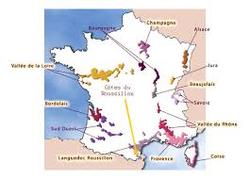 Domaine Bila-Haut is located in the region of Côtes de Roussillon, Languedoc, a wine region known for making top quality wines. It is in Southwest France, and very close to Spain. Michel Chapoutier is head of Maison M. Chapoutier. He is world-renowned and is one of Rhône’s most famous wine producers of Hermitage, Chateaneuf du Pape and Côte Rôtie to name just a few. He purchased the 190-acre Domaine Bila-Haut in 1999. It was a neglected property but showed promise with the land being a mix of schist, gneiss and clay. With Chapoutier’s knowledge, expertise and passion along with the climate of the Mediterranean, he turned the land into a perfect growing environment for Syrah, Grenache and Carignan. Bila-Haut wines reflect all of this. It is interesting to note that Bila-Haut was once a house of refuge for the Knights of Templar and their cross is used as the logo on Bila-Haut labels. Michel Chapoutier wanted to create a perfectly styled Rosé, so he changed the percentage of grape varieties (called cépage) in the wine to include Grenache and Syrah. The 2016 Les Vignes de Bila-Haut Pays d’Oc Rosé is a blend of 78% Grenache, 14% Cinsault and 8% Syrah. The color is a rich salmon with aromas of rose, peony and red berries with a whisper of orange. The palate is deliciously layered with juicy notes of strawberry, cherry and a hint of herbs. The finish offers lingering notes of citrus. This is a dry, refreshing, crisp wine that is beautifully balanced. Serve as an aperitif or with seafood, light pastas, cheese and fruit. Great value for the quality of this wine! Alcohol: 13% SRP: $15 I’ll be back next week! Have a wonderful holiday celebration! Happy Saturday!
Cheers! Penina To leave a comment or if you have an inquiry, please contact me at [email protected] |
Categories
All
|

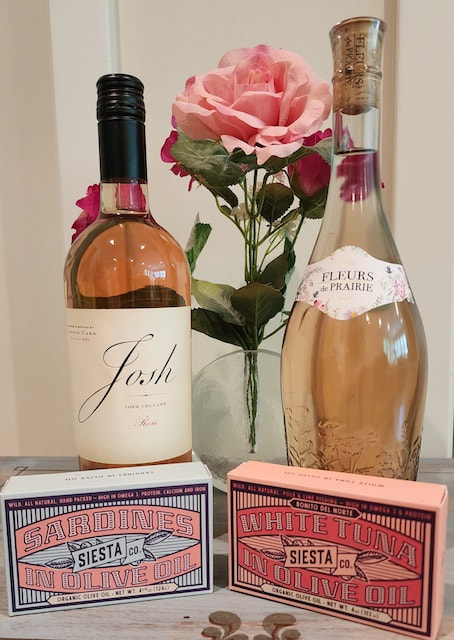
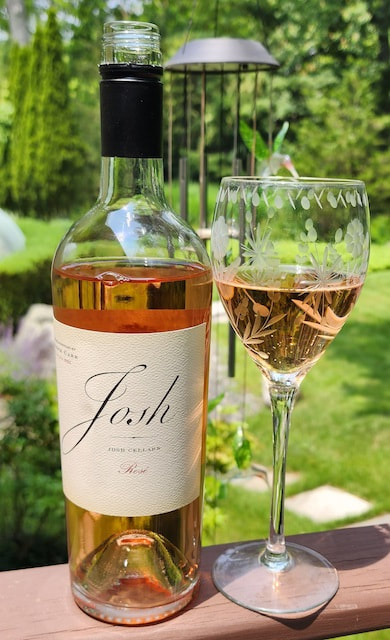
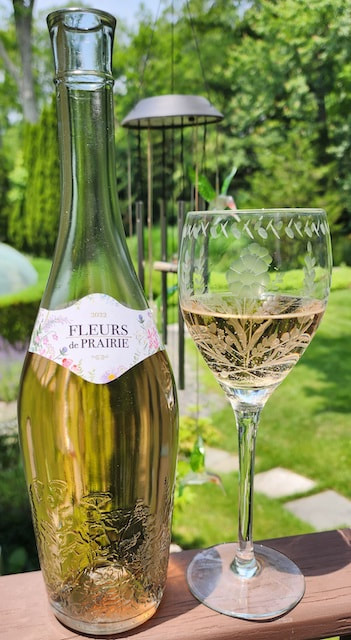
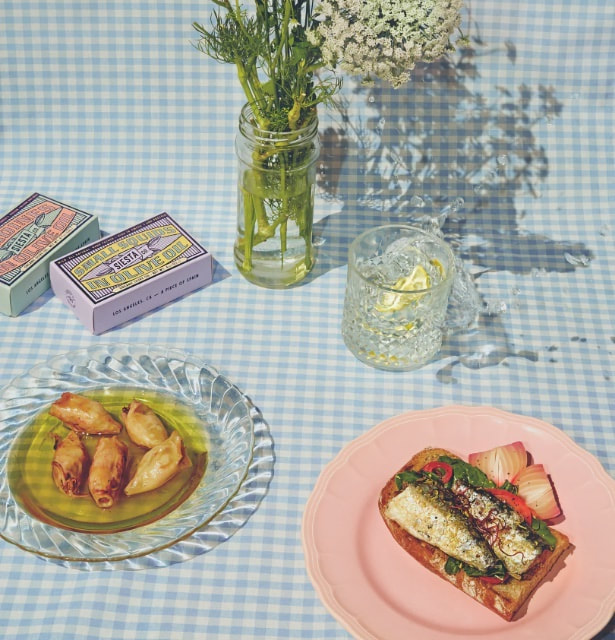
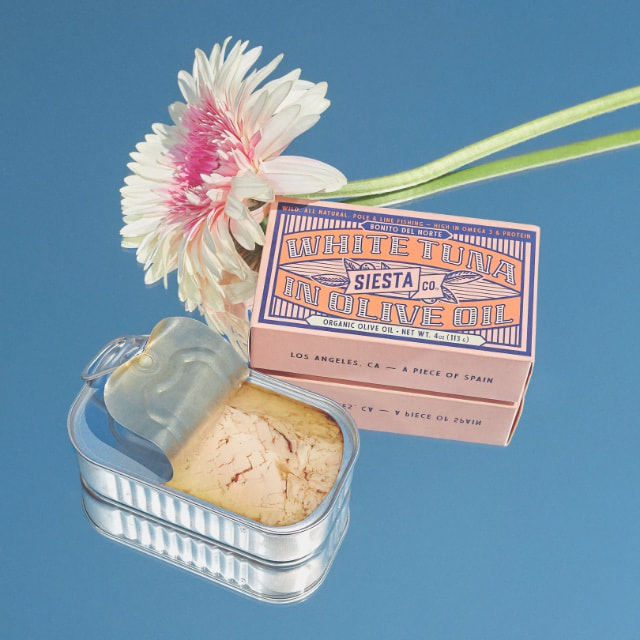
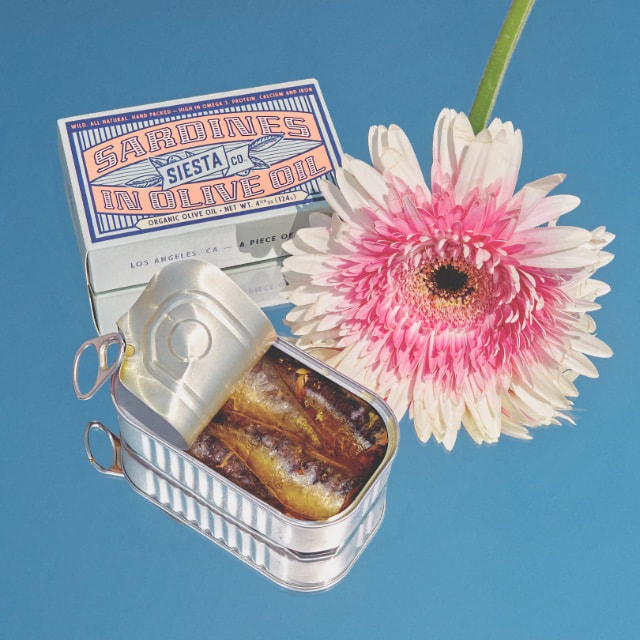
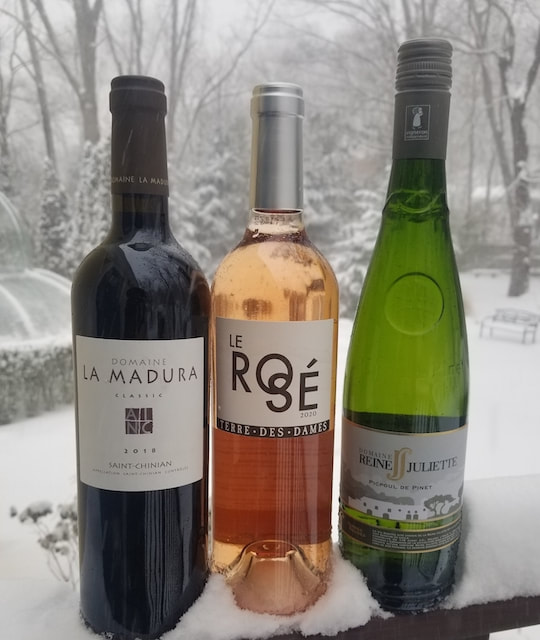
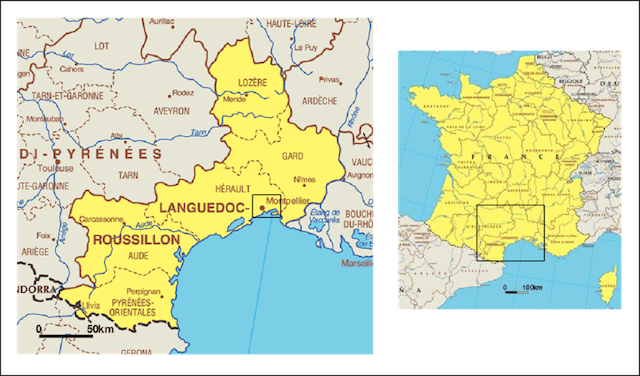
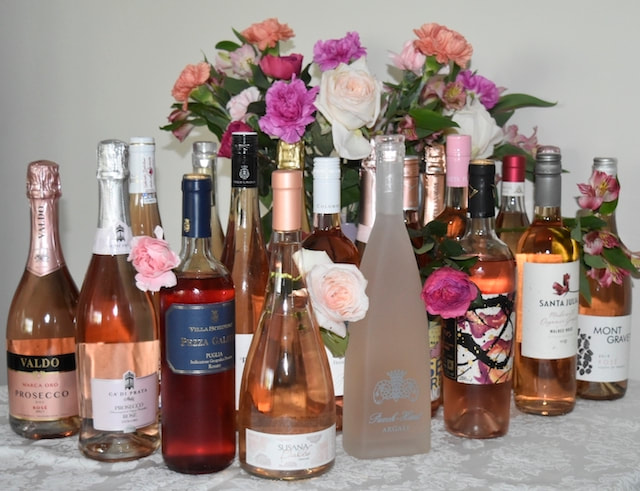
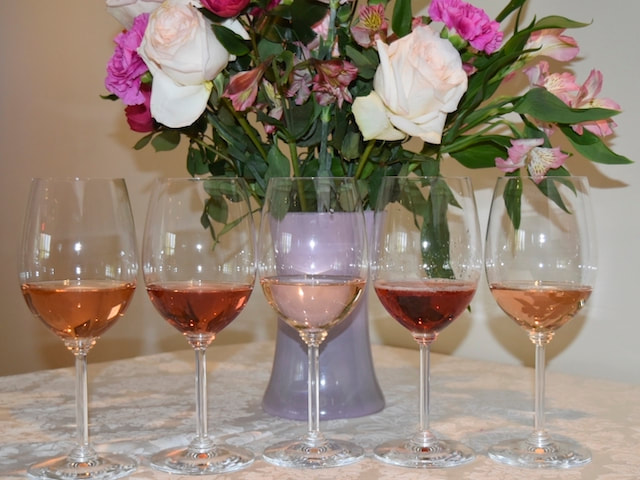
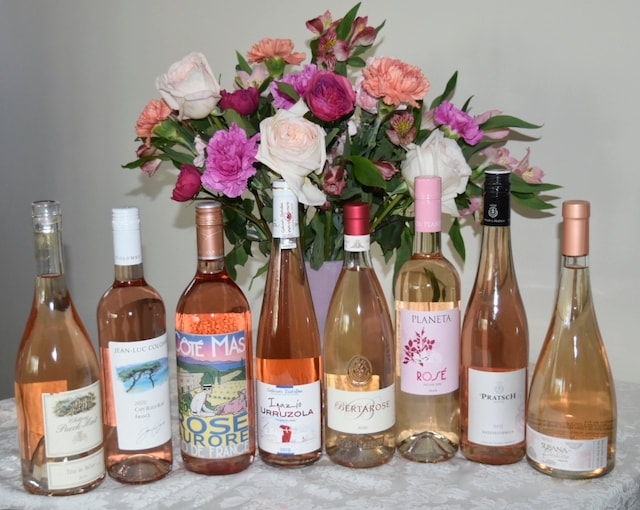
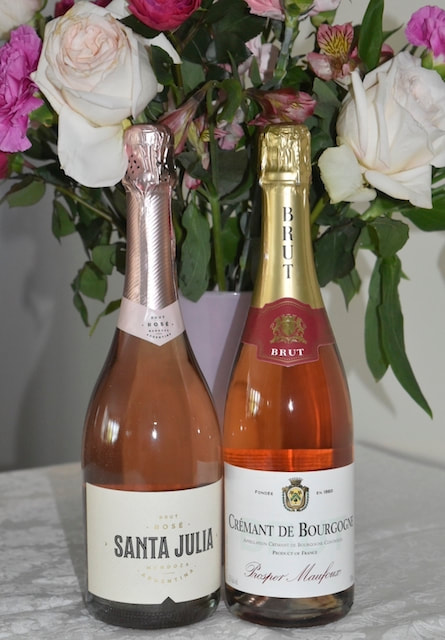
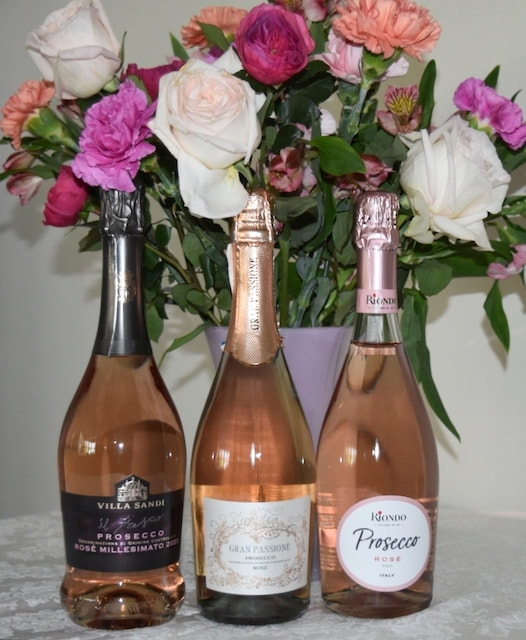

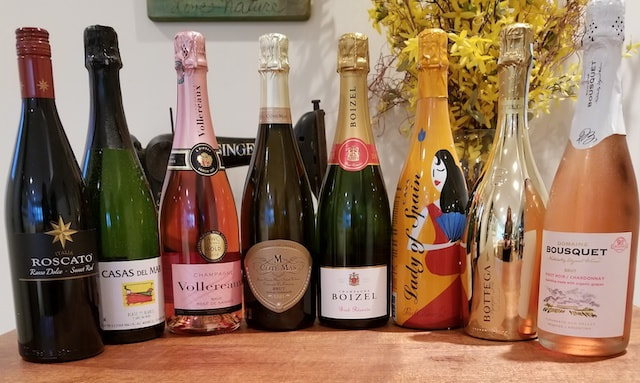
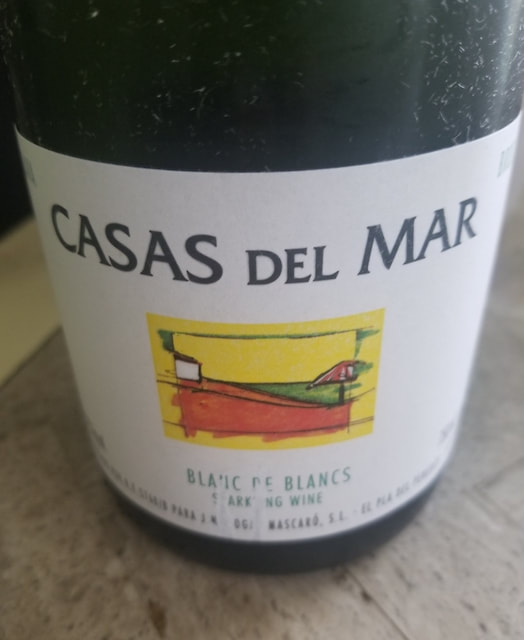
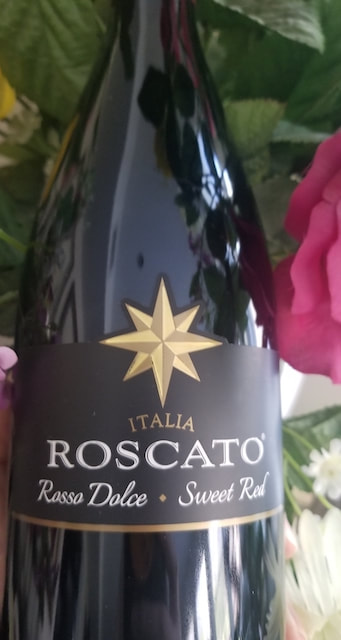
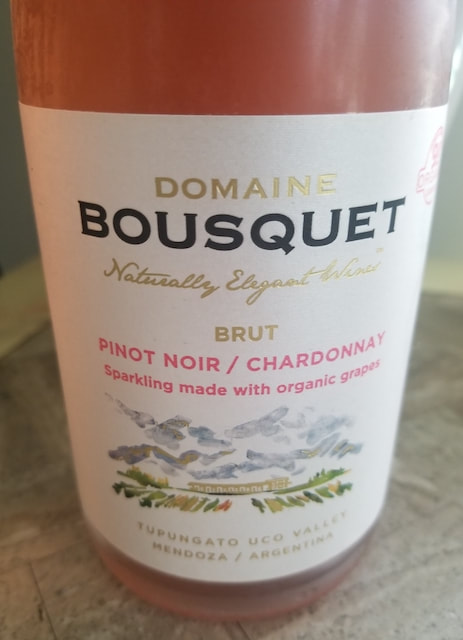
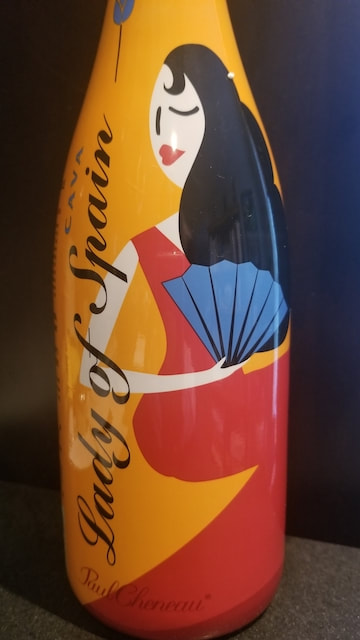
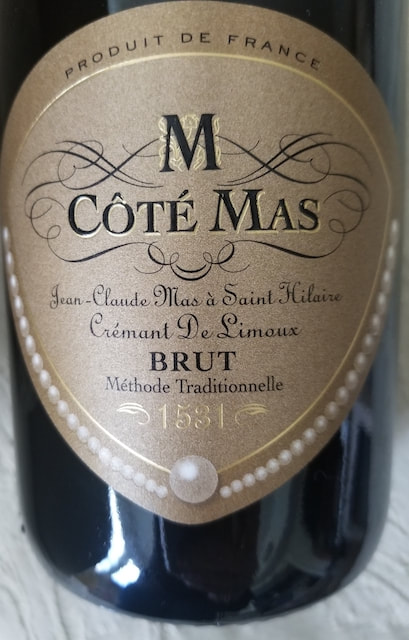
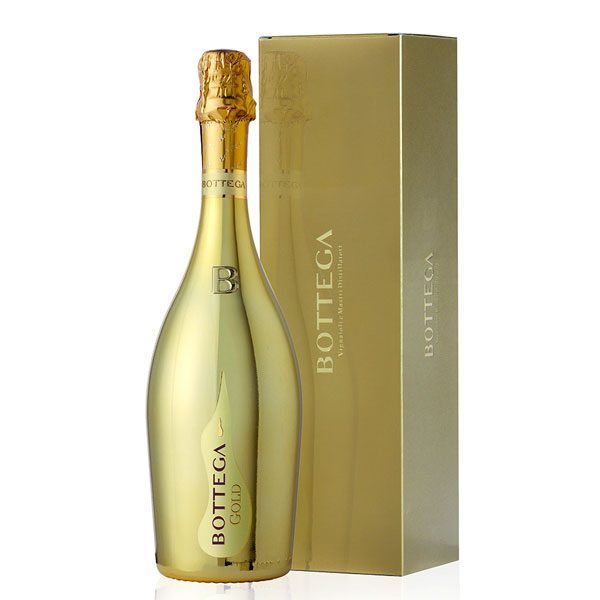
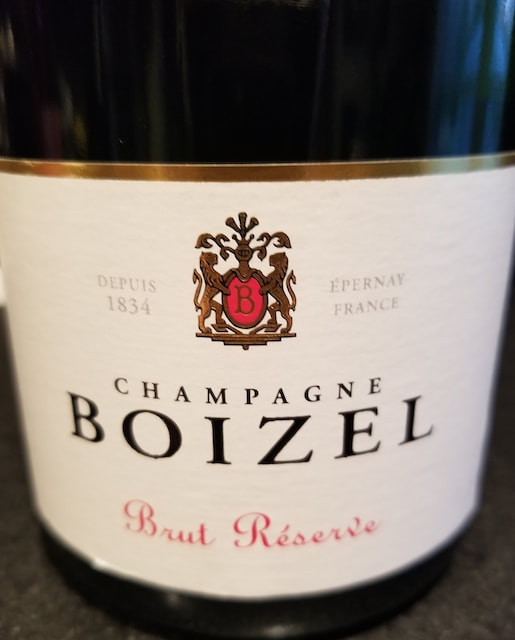
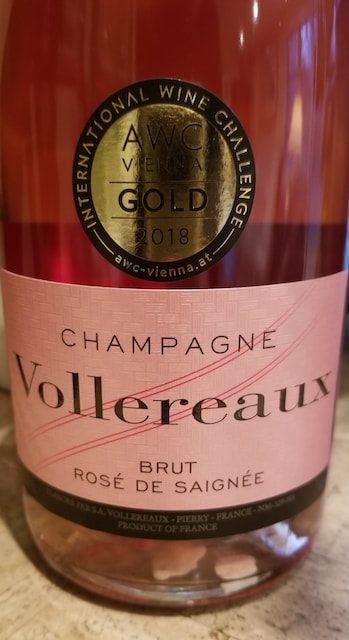
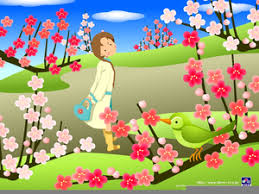
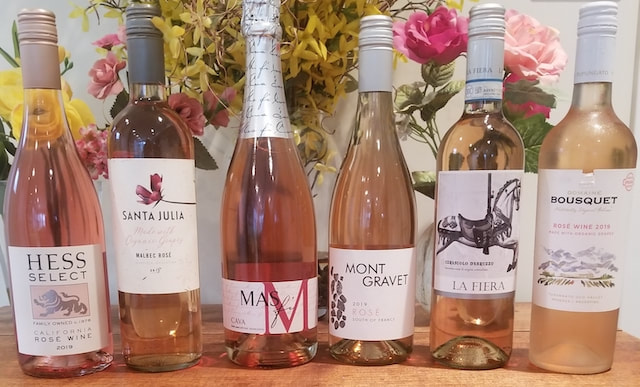
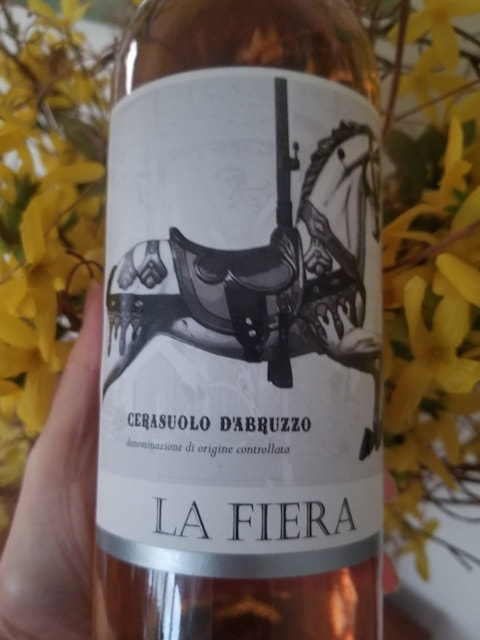
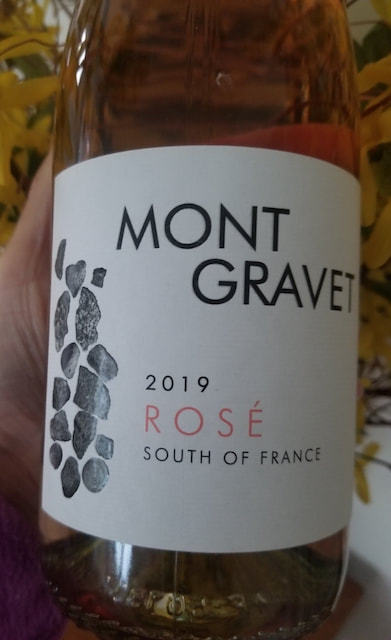
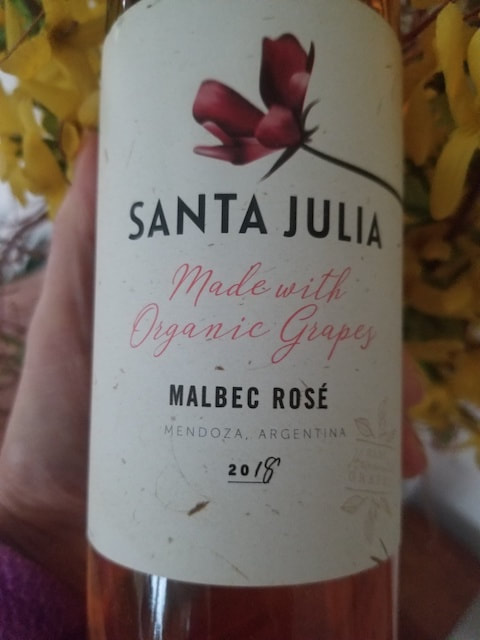
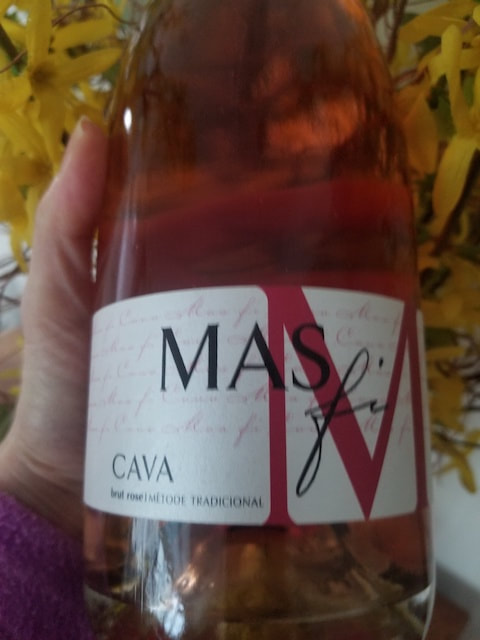
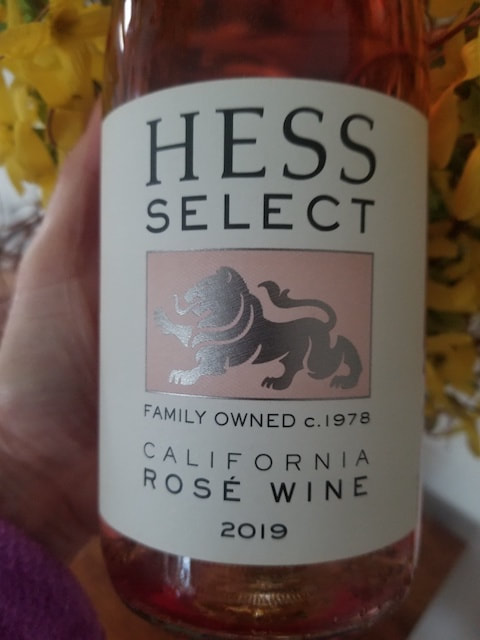
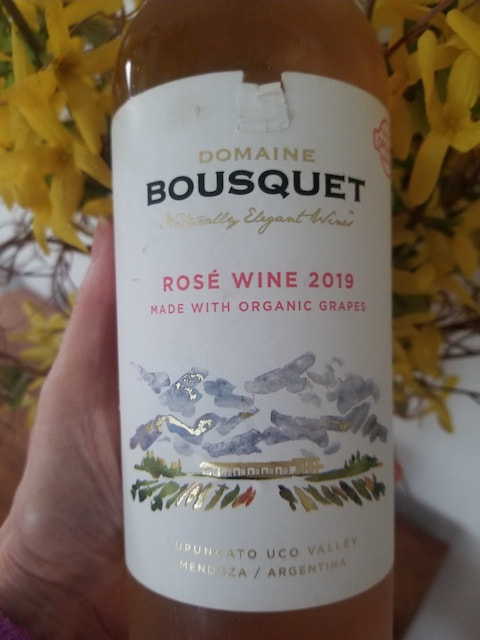
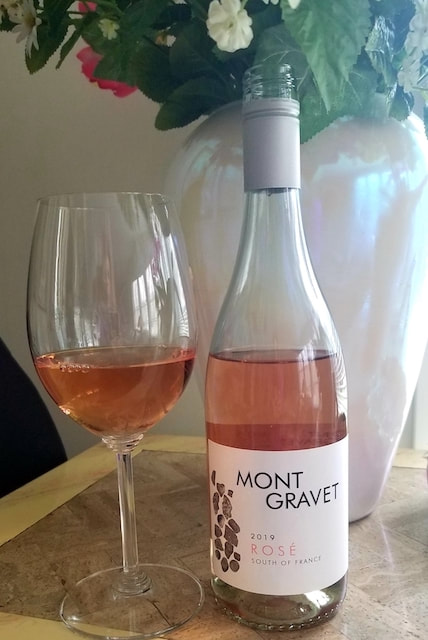
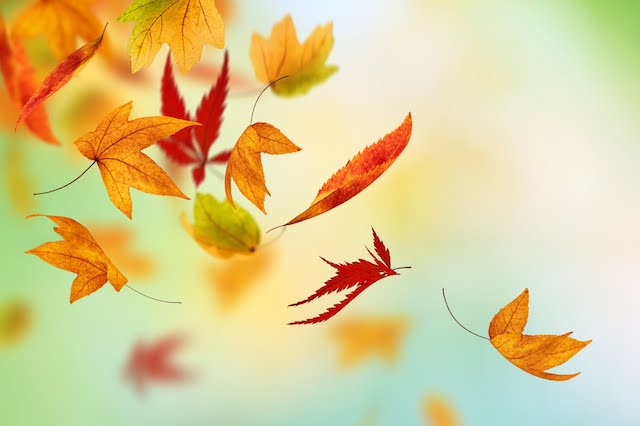
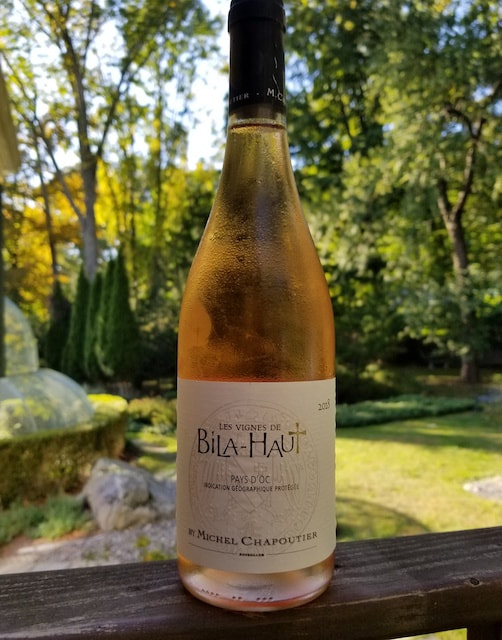
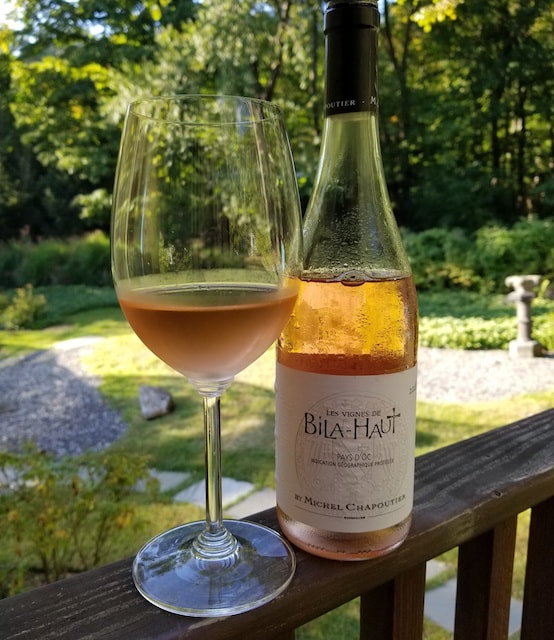
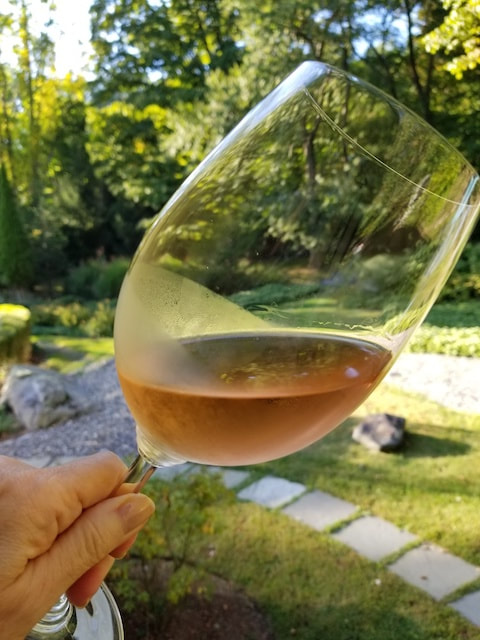
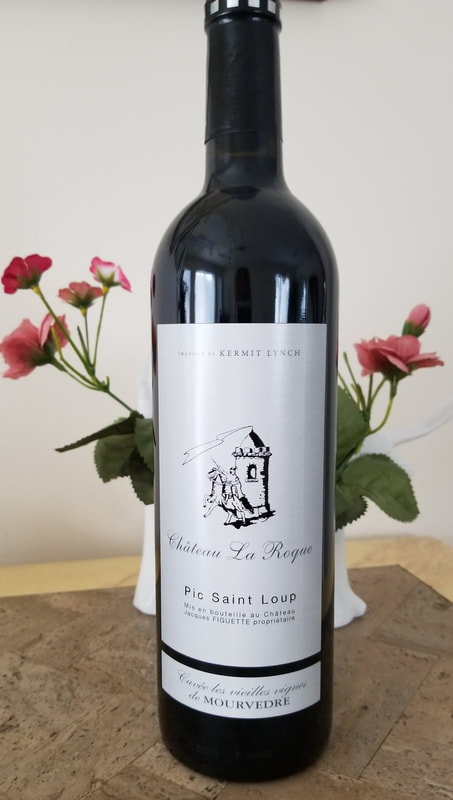
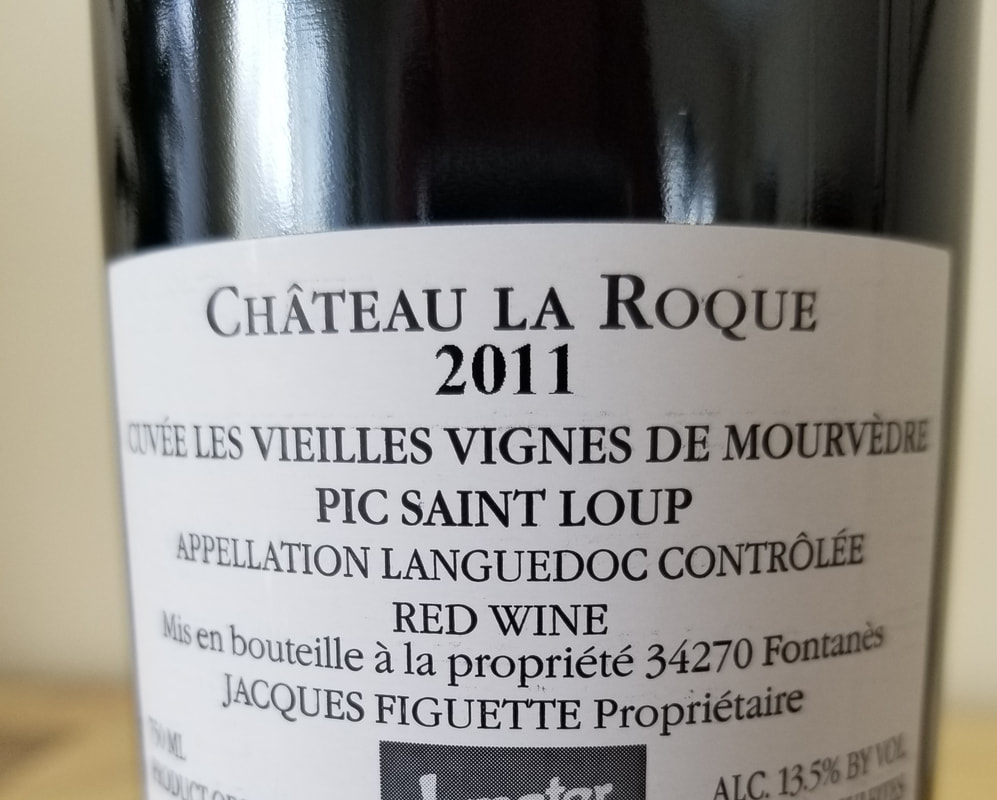
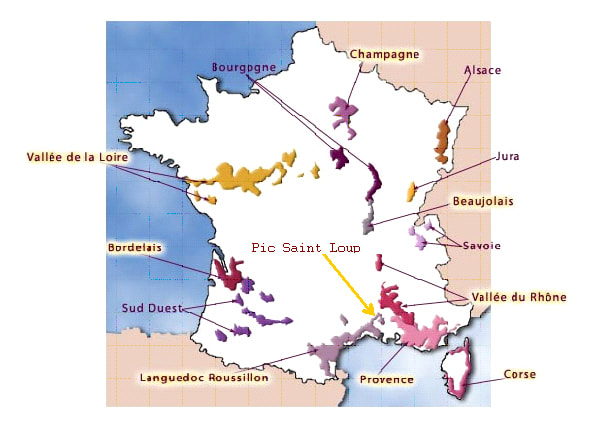
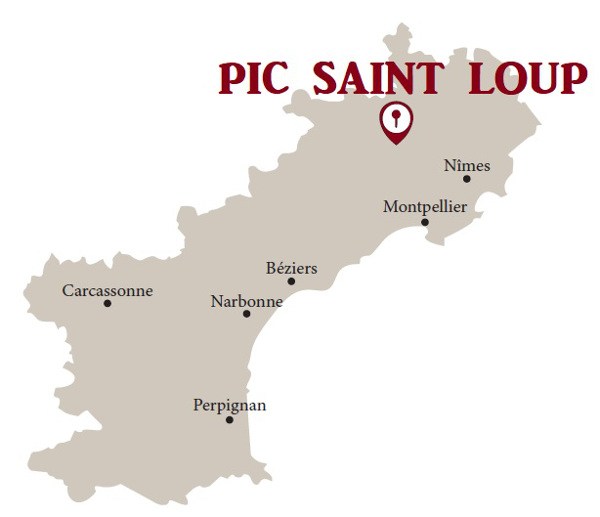
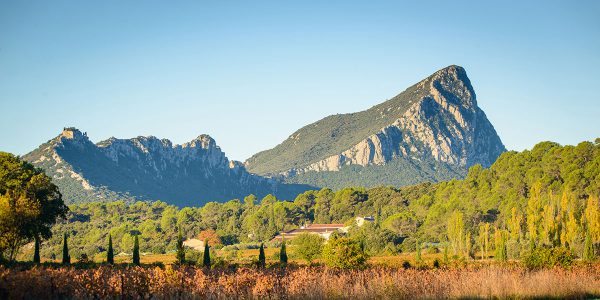
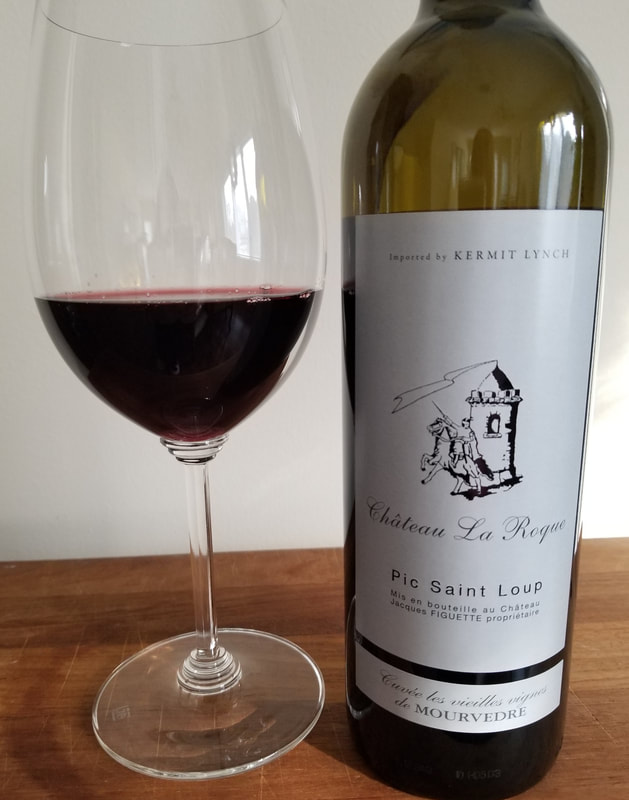
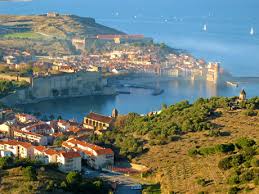
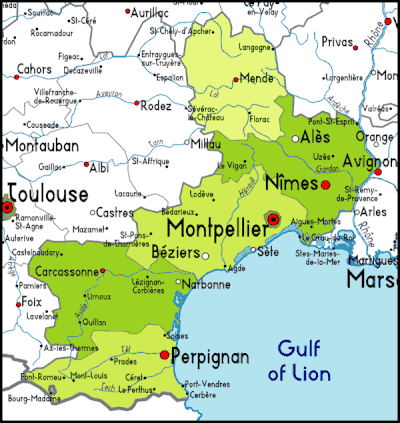
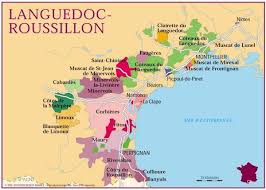
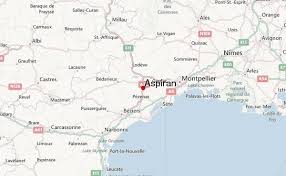
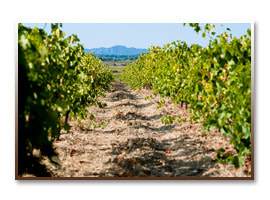
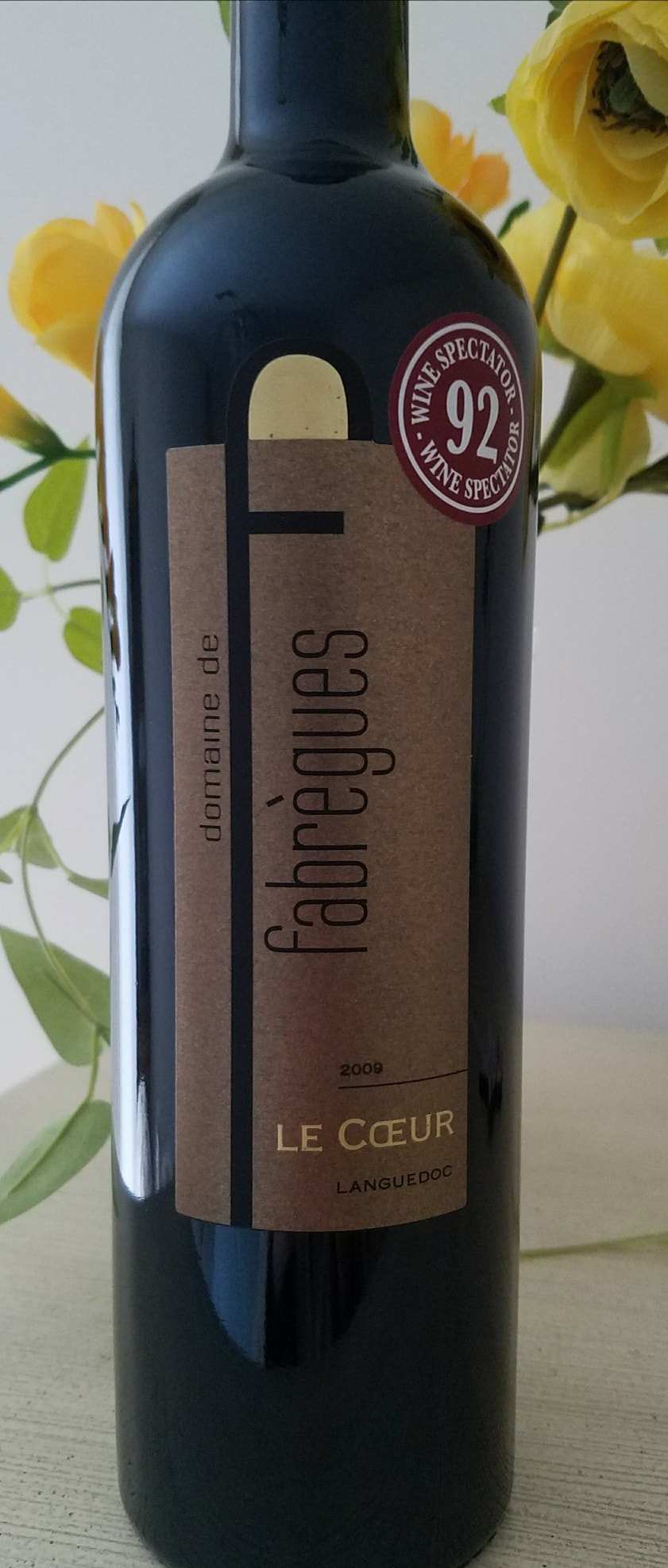
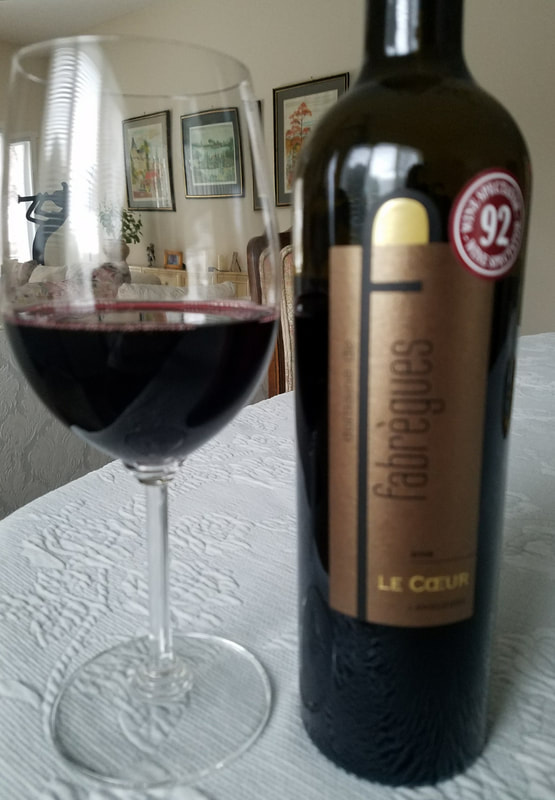
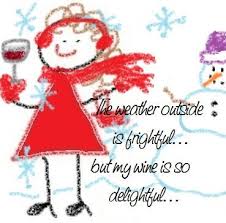
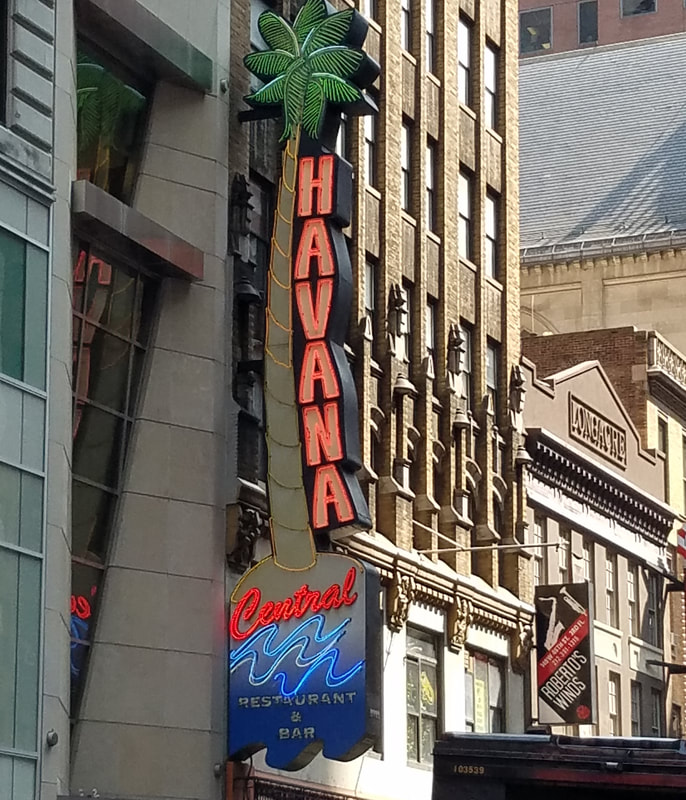
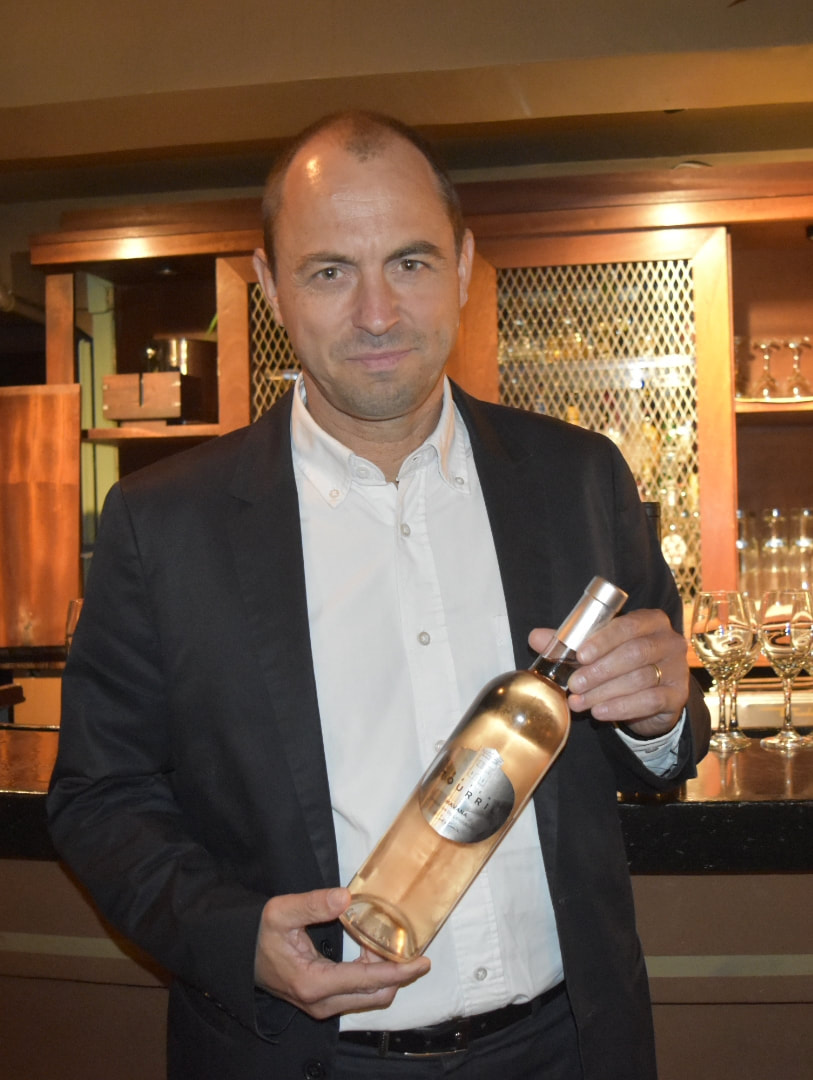

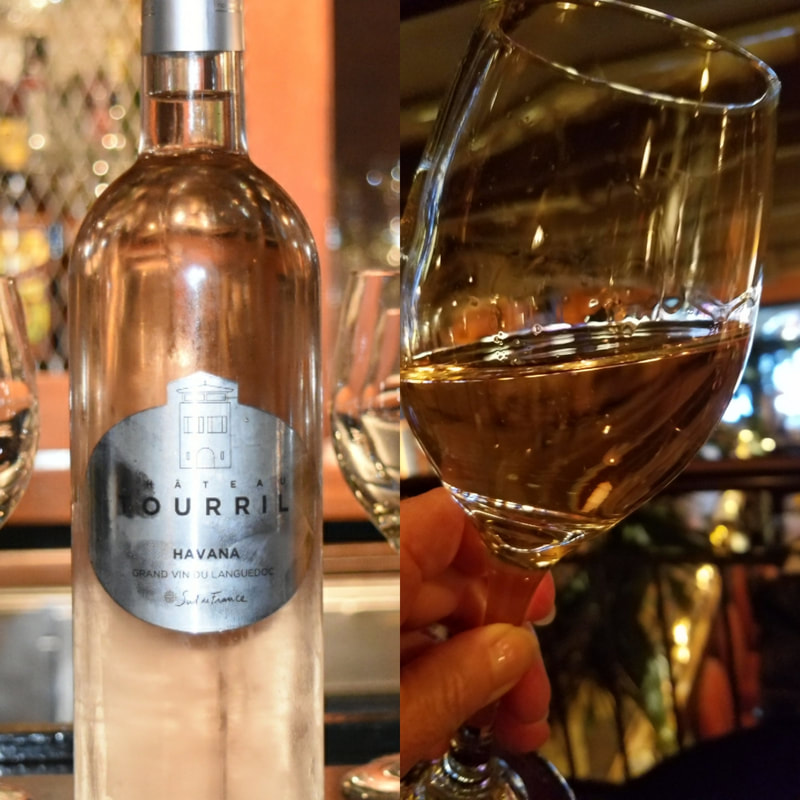
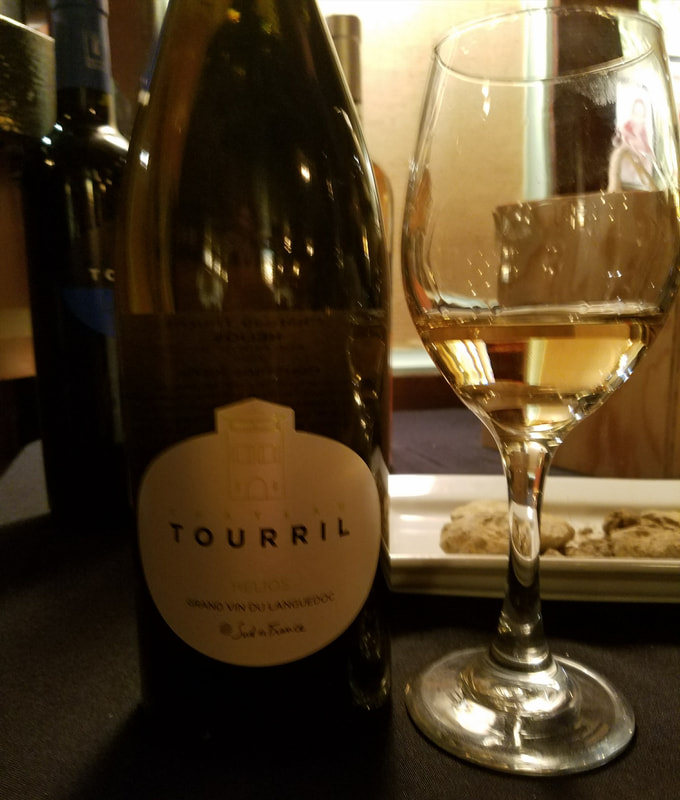
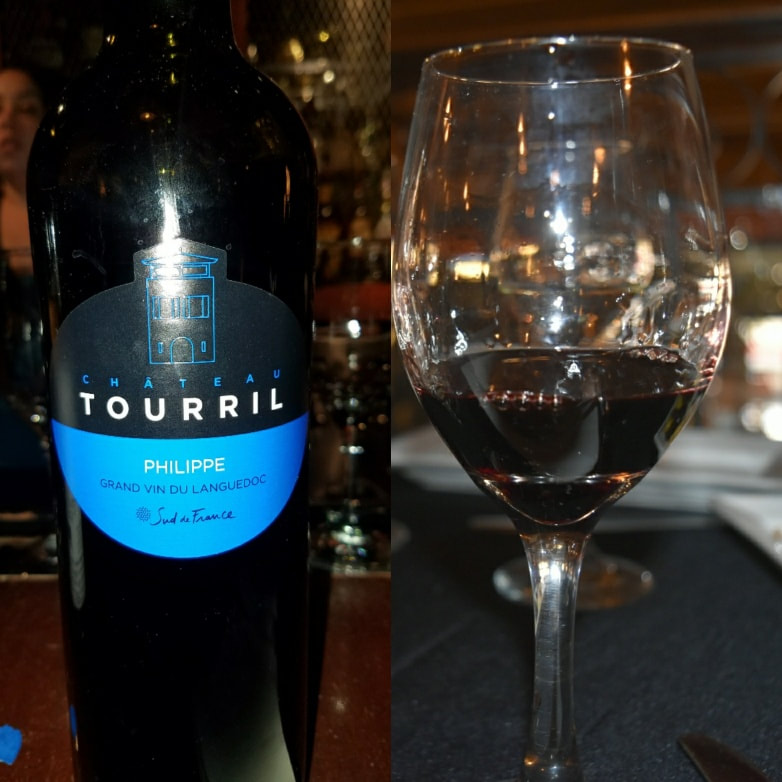
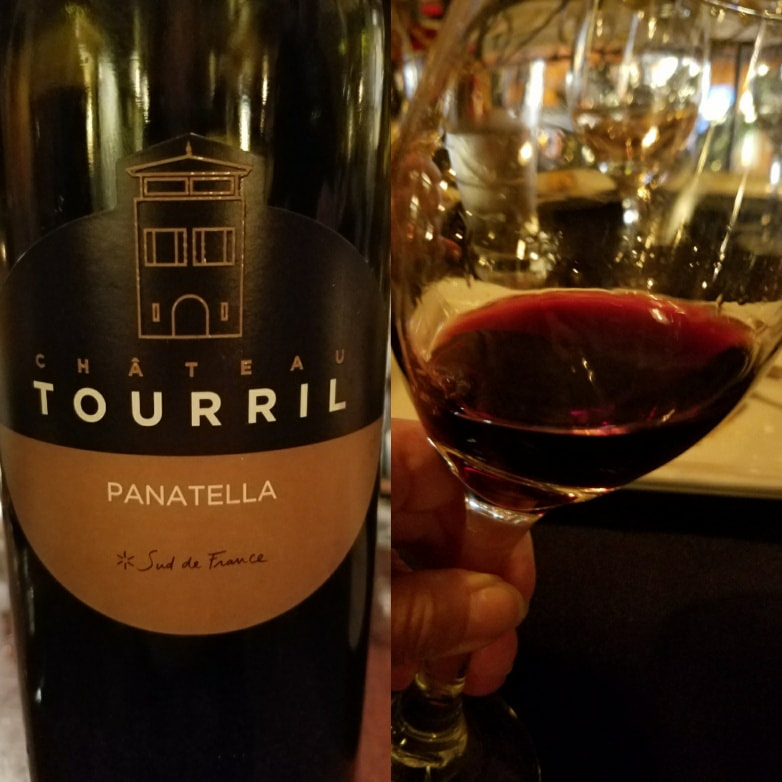
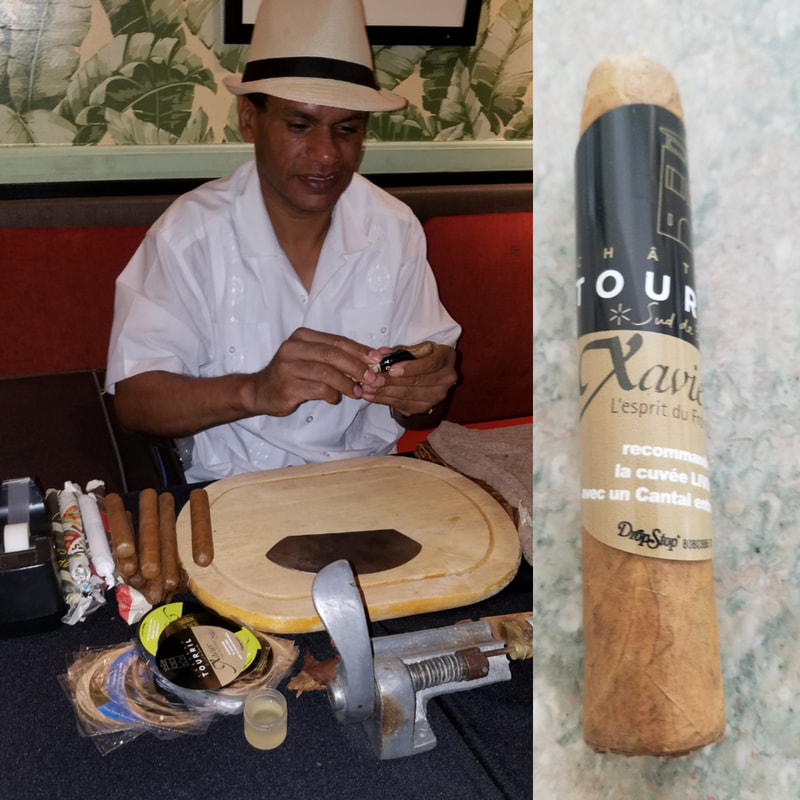
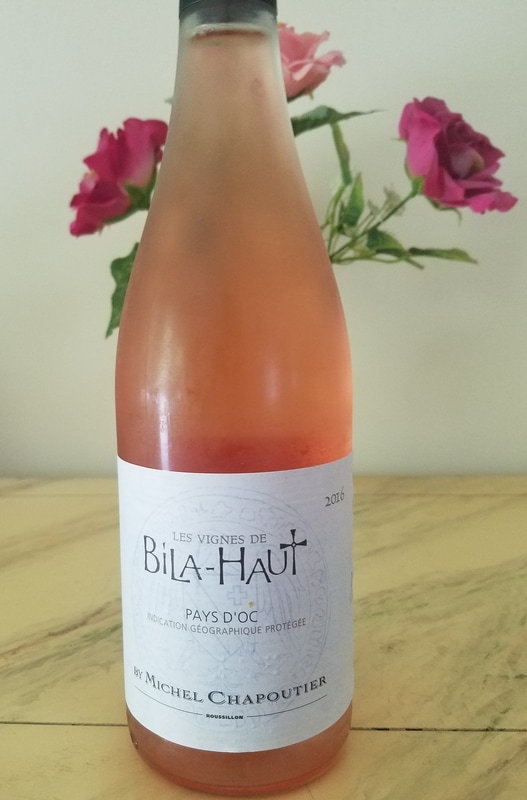
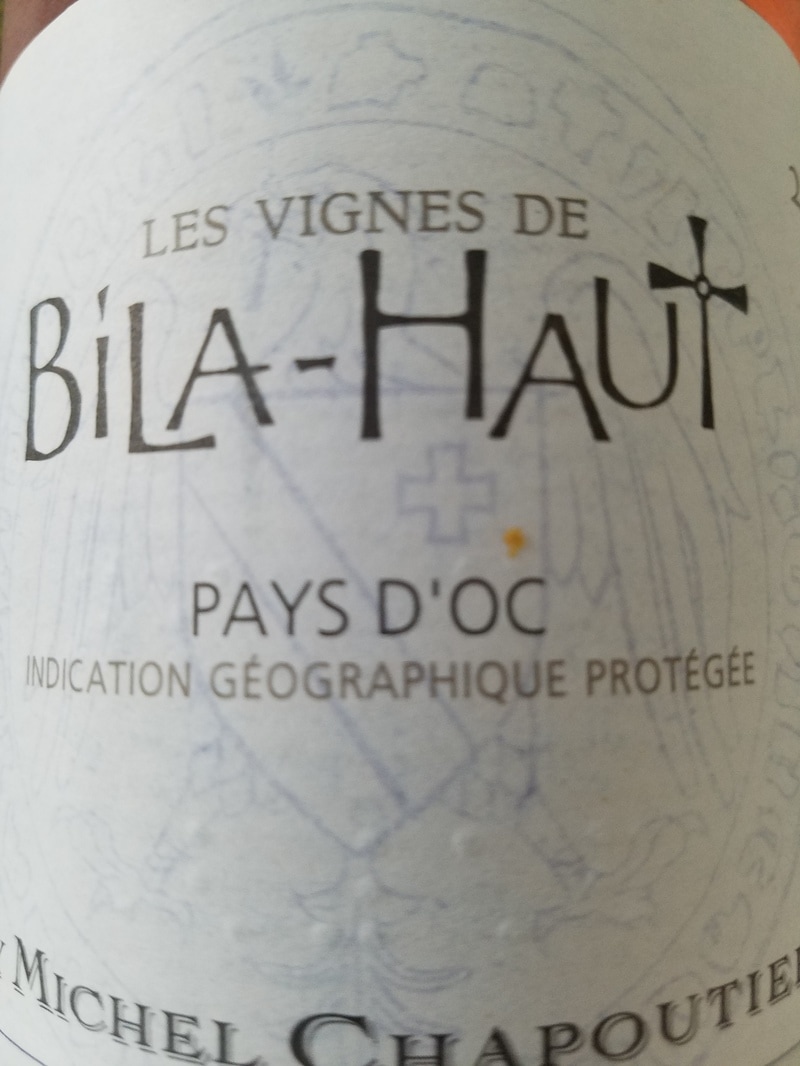
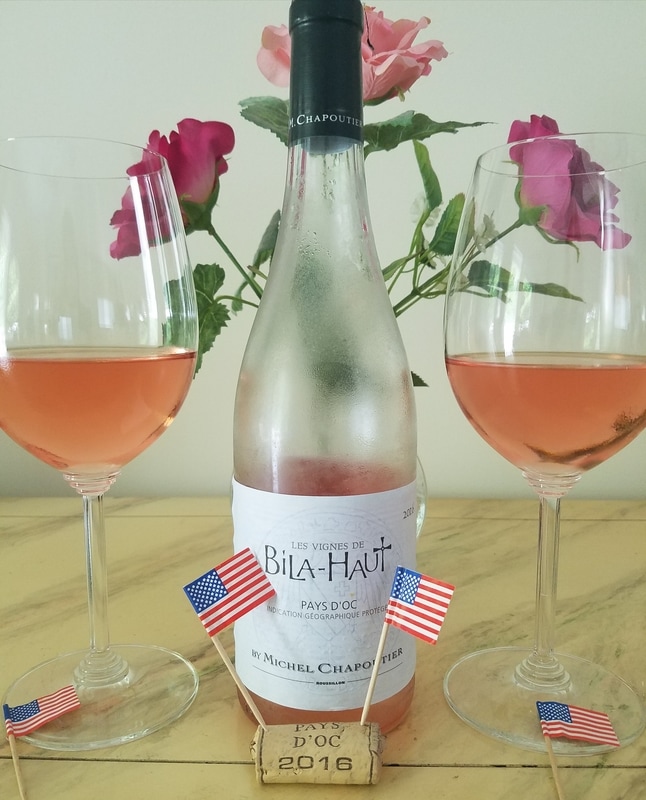

 RSS Feed
RSS Feed